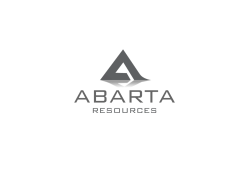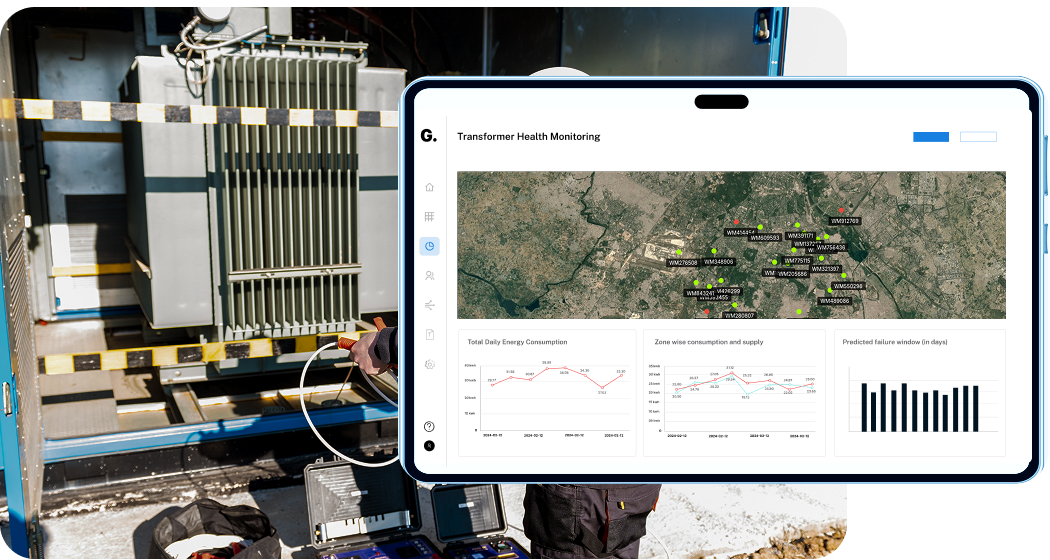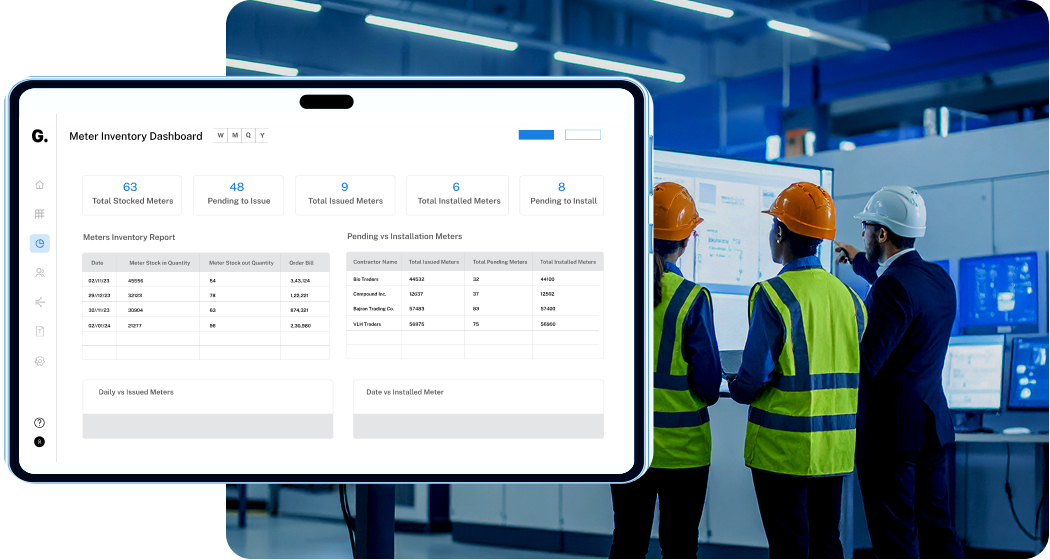Transformer Health Monitoring





























What Does Grid's Real-Time Transformer Health Monitoring Do?
Peak loading (% of nameplate)
Time above nameplate (hours/day)
Load factor (%)
Voltage imbalance (%)
Additional Loss-of-Life (ALoL)

How Does Grid’s Transformer Health Monitoring Work?

Ingest & Unify
Model & score daily
Prioritize & Act
Verify & Learn
Advanced Sensor-Driven Analytics

Thermal cycles (count/day)
Estimated hotspot / top-oil temperature (°C)
Total Harmonic Distortion (THD)
Grid AI: The Future Of Transformer Health Monitoring

Daily autonomous checks

Risk-based queues for every team
Action automation & closed loop

Self-tuning policies

Multi-agent workflows
Why Do Utilities Choose Grid for Monitoring Transformer Health?
Fast Time‑to‑Value

Closed-loop from insight to field action

Deep integrations with your ecosystem

Scalable, fleet-wide prioritization
Super-fast Onboarding, Immediate Results

Step 1
Data-Only Assessment
Start with 60–90 days of AMI/MDM plus asset registry data. Grid scores your transformer fleet and surfaces the first set of high-risk units.
Step 2
Workshop & KPI Alignment
Run a joint workshop to align on KPIs—e.g., reduce time-above-nameplate by 50%, cut ALoL in the top decile by 30%, or shrink voltage complaints in target feeders.
Step 3
Config & Setup
Configure data connectors, health index policies, and Grid Ops workflows. Because the solution is built on Grid’s existing platform, deployment is fast and incremental.
Step 4
Admin & Ops Training
Train core admins and ops leads on health dashboards, work order queues, and AI-driven recommendations.
Step 5
Go-Live & Closed-Loop Actions
Enable closed-loop work orders (either in Grid Ops or your existing WFM) and start tracking quantified improvements to risk, failures, and spend.
We hold ourselves to the highest privacy and security standards, and that’s why Utilities trust us
Robust Security and Compliance
Grid ensures your data is fully encrypted during storage and transmission. We are SOC 2 Type 2, ISO, and GDPR certified, adhering to the highest privacy and security standards.







